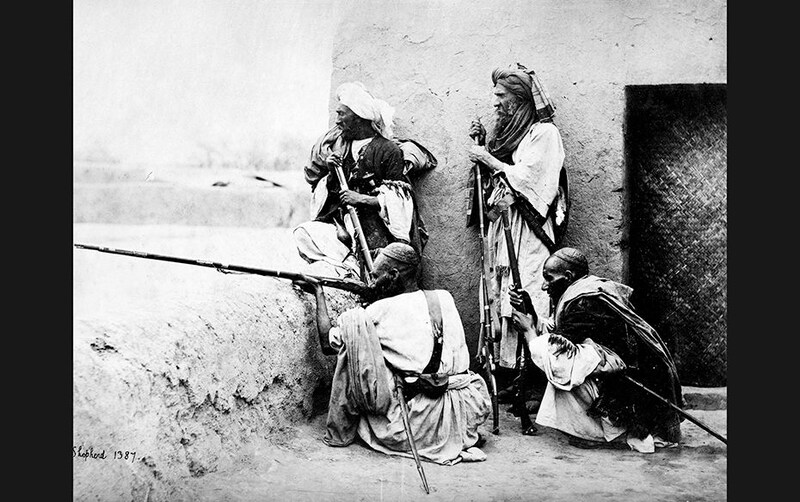Figures in Time: Memories of an iconic studio
Iconic studio Bourne & Shepherd shut its doors, but its legacy lives on
By Forbes India
Aug 27, 2016, 06:50 IST1 min

Image by Courtesy MAP / Tasveer
2/7
Image by Courtesy MAP / Tasveer
3/7
Image by Courtesy MAP / Tasveer
4/7
Image by Courtesy MAP / Tasveer
5/7
Image by Courtesy MAP / Tasveer
6/7
Image by Courtesy MAP / Tasveer
7/7
Image by Courtesy MAP / Tasveer
Photogallery
- Home /
- Photogallery /
- Think /
- Figures-in-time-sepia-memories-of-an-iconic-studio
Advertisement
Advertisement